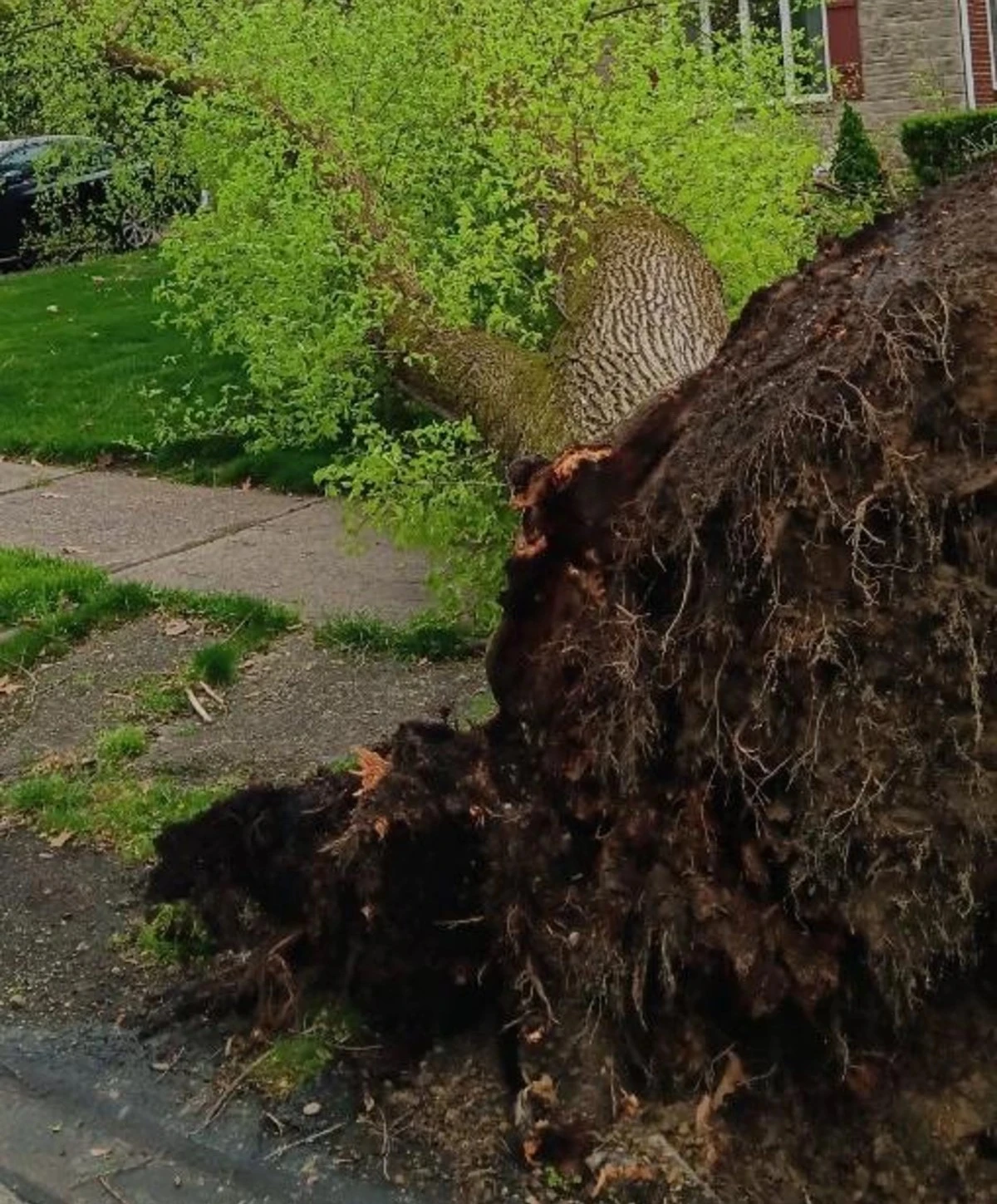Storm season can wreak havoc on your landscape, particularly your trees. Preparing your trees for the upcoming storms is essential to minimize damage and ensure the safety of your property. In this article, we will discuss various steps to help you prepare your trees for storm season, from inspecting their structural integrity to post-storm care and recovery.
Inspecting Trees for Structural Integrity
The first step in preparing your trees for storm season is to inspect them for any signs of structural weakness. Look for cracks in the trunk, split branches, or decayed wood. These are indicators that the tree may not withstand high winds or heavy rain. Pay special attention to the root system; exposed or damaged roots can compromise the stability of the tree. It's advisable to consult with a professional arborist if you are unsure about the health of your trees.
Pruning Techniques for Storm Resistance
Proper pruning techniques can significantly enhance a tree's ability to withstand storms. Remove dead or weak branches that could easily break off during a storm. Thinning the canopy can reduce wind resistance, allowing wind to pass through more easily and decreasing the likelihood of the tree being uprooted. However, avoid over-pruning, as this can stress the tree and make it more vulnerable. Always use clean, sharp tools to make precise cuts.
Identifying and Removing Hazardous Trees
Not all trees are suited to survive severe storms. Identifying and removing hazardous trees before storm season can prevent potential damage to your property. Trees that lean significantly, have multiple trunks, or show signs of disease are prime candidates for removal. It's crucial to hire a certified arborist for this task to ensure it's done safely and effectively.
The Role of Professional Arborists in Storm Preparation
Professional arborists play a vital role in storm preparation. They have the expertise to assess the health and stability of your trees accurately. Arborists can recommend appropriate pruning techniques, identify hazardous trees, and provide treatments to strengthen your trees. Hiring a professional ensures that your trees are well-prepared for storm season, reducing the risk of damage to your property.
Post-Storm Tree Care and Recovery
After a storm has passed, it's essential to assess and care for your trees promptly. Check for any broken branches or uprooted trees that need immediate attention. Prune damaged limbs to prevent further injury to the tree. Watering and fertilizing can help stressed trees recover more quickly. If a tree has suffered significant damage, consult with a professional arborist to determine whether it can be saved or needs removal.
Preparing your trees for storm season is a crucial step in protecting your property and ensuring the longevity of your landscape. By inspecting structural integrity, employing proper pruning techniques, identifying hazardous trees, and seeking professional arborist services, you can minimize storm damage effectively. Remember that post-storm care is just as important for the recovery and health of your trees.

This content has been submitted by authors outside of this publisher and is not its editorial product. It could contain opinions, facts, and points of view that have not been reviewed or accepted by the publisher. The content may have been created, in whole or in part, using artificial intelligence tools.

